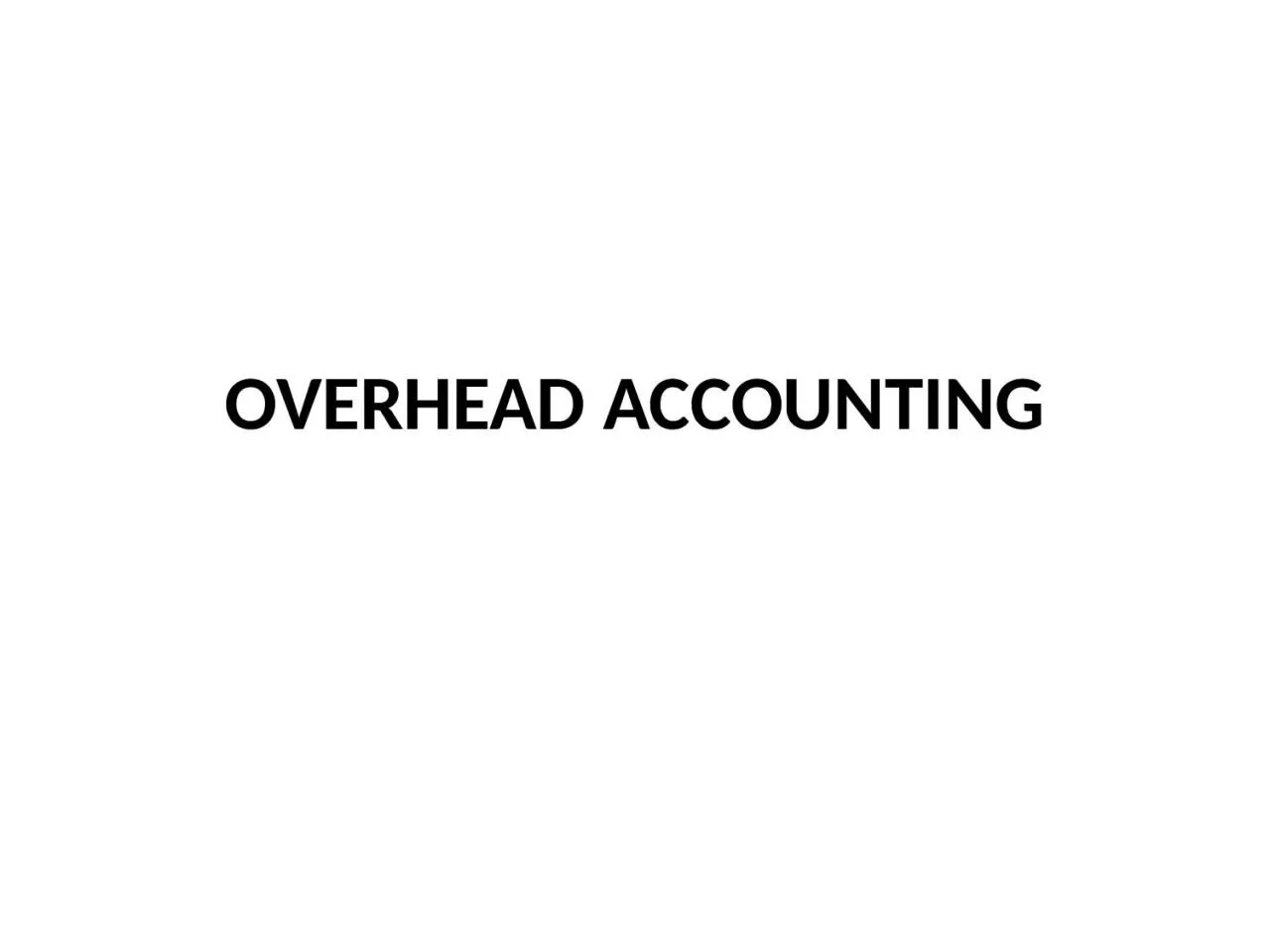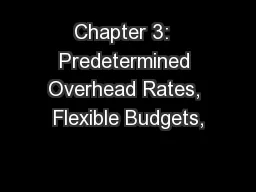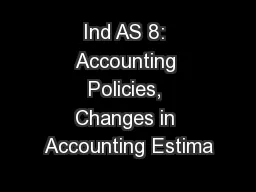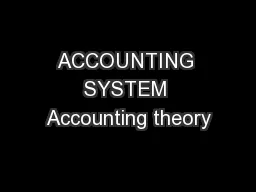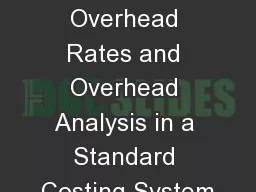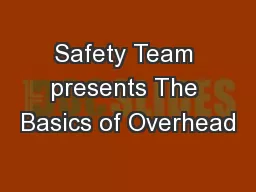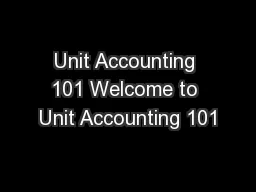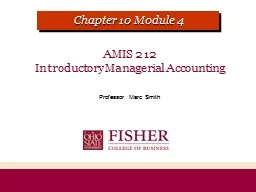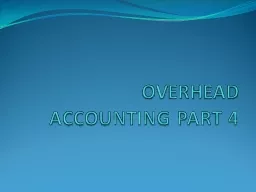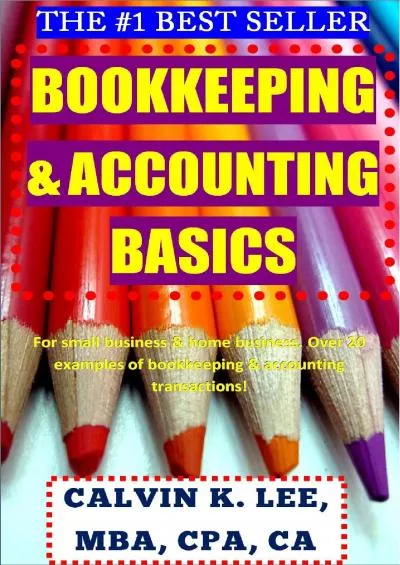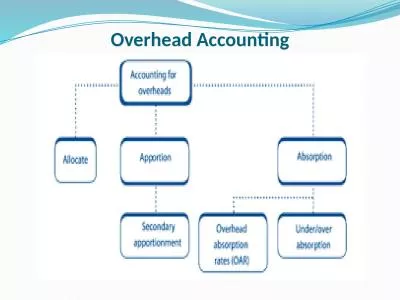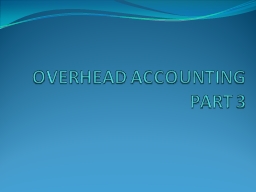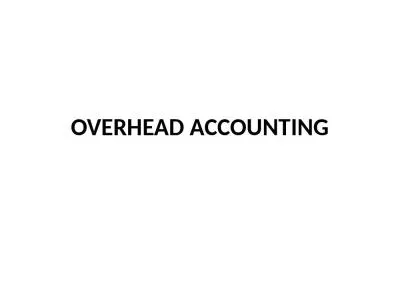PPT-OVERHEAD ACCOUNTING What are Overheads
Author : emily | Published Date : 2023-11-03
Indirect Indirect Indirect Overhead Material Labor Expenses Cost Overhead costs or supplementary cost or charges are the costs that cannot be easily identified
Presentation Embed Code
Download Presentation
Download Presentation The PPT/PDF document "OVERHEAD ACCOUNTING What are Overheads" is the property of its rightful owner. Permission is granted to download and print the materials on this website for personal, non-commercial use only, and to display it on your personal computer provided you do not modify the materials and that you retain all copyright notices contained in the materials. By downloading content from our website, you accept the terms of this agreement.
OVERHEAD ACCOUNTING What are Overheads: Transcript
Download Rules Of Document
"OVERHEAD ACCOUNTING What are Overheads"The content belongs to its owner. You may download and print it for personal use, without modification, and keep all copyright notices. By downloading, you agree to these terms.
Related Documents

